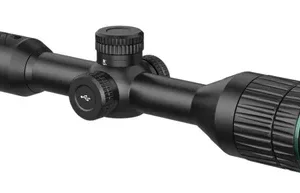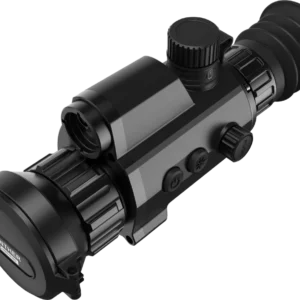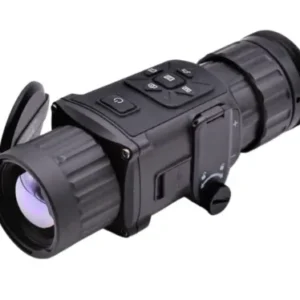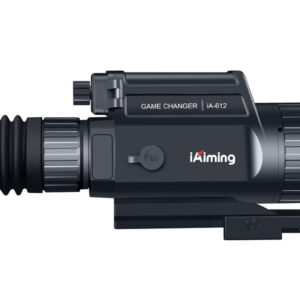Thermal And Night Vision Devices |Understanding Night Vision and Thermal Imaging Optics
Both night vision and thermal imaging optics allow you to see in the dark. They’re helpful for a wide range of activities including night hunting, surveillance, wildlife observation, navigation, stargazing, and practicing tactical scenarios. Understanding which night vision optics you’ll need can help you improve your efficiency in these activities.
Which Night Vision Optics Do You Need?
Choosing night vision equipment depends on your intended application. With night vision monoculars, you get a compact, lightweight design that makes the device very versatile. You can mount some models directly on weapons and use them as night vision riflescopes. Unlike monoculars, night vision goggles have no magnification, but they allow you to view objects with both of your eyes, giving you better depth perception and judgment of distances. Additionally, you can head-mount them, making them a handy and ideal choice for night navigation. Night vision binoculars come with two eyepieces with powerful, built-in magnification. Thus, if your main activity involves long-range night viewing, then these binoculars are the most suitable choice.
How Thermal Imaging Optics Work
Thermal imaging optics use sensors that detect heat (or radiation) to help you see in the dark. The radiation of the electromagnetic spectrum has varying wavelengths, which you can interpret as color. Short wavelengths have a high amount of energy and you can see them as lighter colors, while long wavelengths have a low amount of energy and you view them as darker colors. Through thermal vision goggles or scopes, you see different shades of colors to determine objects. They’re especially useful for surveillance, energy auditing, wildlife spotting, and firefighting.
Night Vision Accessories
Depending on your application, you’ll need some night vision accessory kits to improve the performance of your night vision devices. To conveniently mount night vision optics on your head, you’ll have to shop for night vision headgear such as head mounts, head mount adapters, and quick-release systems. If you’re planning to use night vision scopes with your camera, you’ll need camera adapters for your specific camera model. With night vision filters, you can eliminate visible light and glare for covert use of your optics.
Whether you’re looking for night vision bi-oculars or night vision telescopes, you can be sure to find what you need with B&H Photo and Video’s wide assortment of night and thermal vision optics and accessories.
SHOOTING ACCESSORIES
SHOOTING ACCESSORIES
SHOOTING ACCESSORIES
SHOOTING ACCESSORIES




